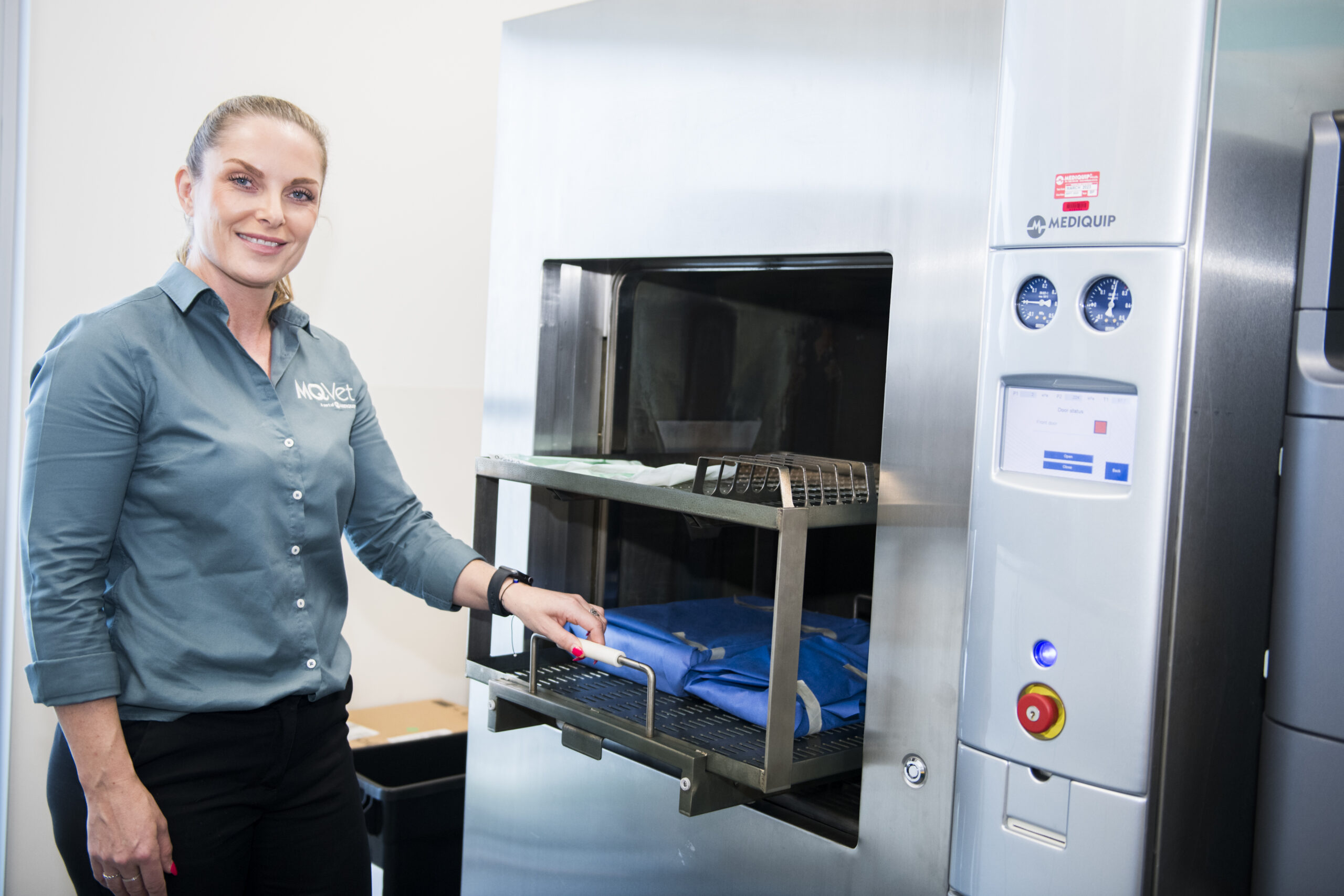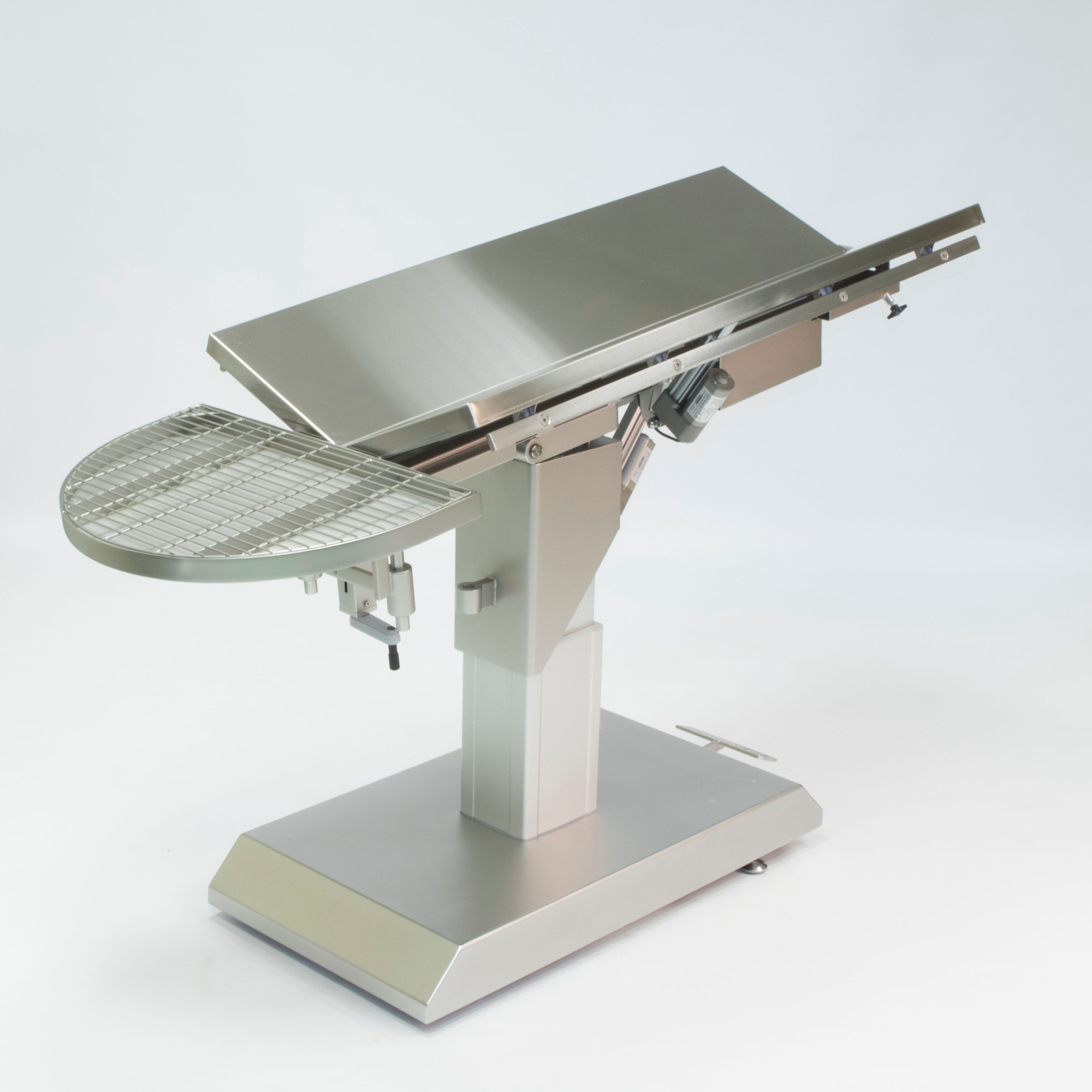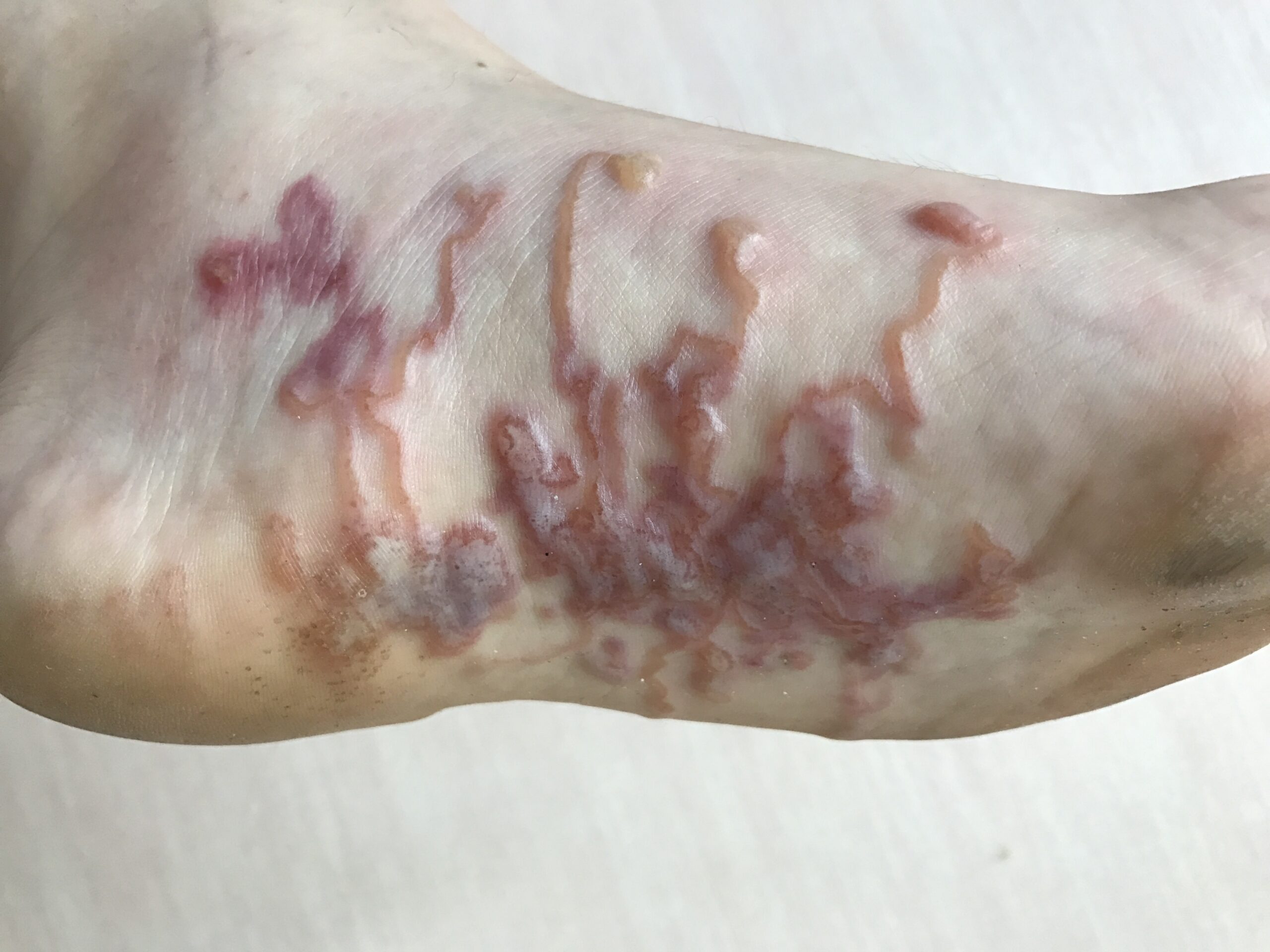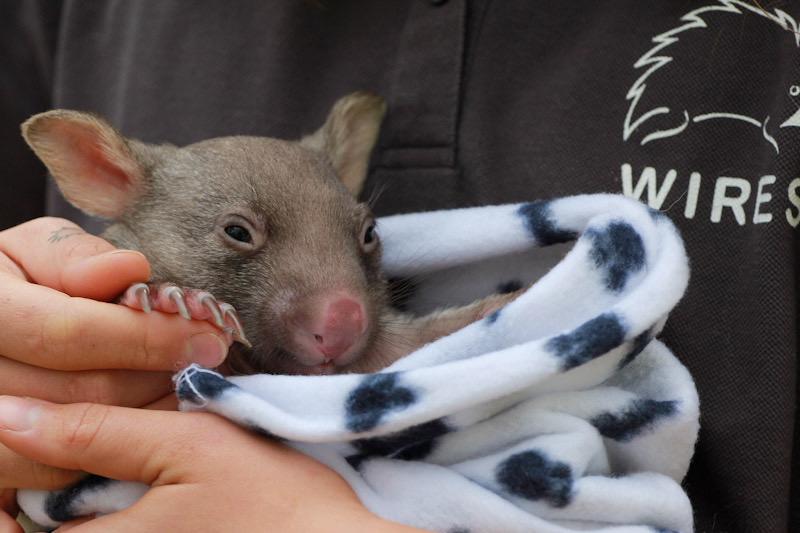From smaller veterinary clinics with benchtop autoclaves to larger sites with packing, prep and sterilisation rooms, achieving efficiencies and proper sterilisation is vital.
According to sterilisation specialist Andrew Elford from Mediquip/MQ Vet – which has provided veterinary sterilisation set ups for decades, some initial considerations include the type of instruments the clinic needs to sterilise, and their length and volume.
“While S-class sterilisers can do the trick for basic solid instruments like scissors and forceps, clinics utilising more complex hollow bodied instruments should look at B class,” Elford said.
Effective steam sterilisation relies on the right amount of steam, pressure, temperature, and time. And it’s not just steam in the chamber – it’s penetration of steam into the sterilisation load, inside packs and hollow chambers.
Elford said this is why correct use of chemical indicators is important: outside the pack to indicate if it has been subject to the sterilisation process (but not whether successful) – and inside the pack to verify penetration of sterilisation agent.
While steam sterilisation is most common, Mediquip/MQ Vet is seeing an increase in use of plasma or low temp sterilisers for materials and devices that cannot tolerate high temperatures and humidity such as some plastics, electrical devices, and corrosion-susceptible metal alloys.
Elford said washers are also growing in popularity, particularly in clinics with large surgery loads.
“Having a washer can save vet nurses significant time from manual handling, with devices that wash, disinfect and dry.”
The overall volume and size of the clinic’s instruments and packs will help determine the appropriate size of steriliser, Elford said, adding chamber sizes can vary from 18 litres to over 600 litres.
Clinics shouldn’t underestimate the importance of water quality. While some vet centres use tap water with their steam sterilisers, this practice can lead to costly downtime and expensive repairs over time.
“When hard water is boiled into pressurised steam, it leaves behind salt and mineral deposits within the chamber, steam generator, pipes and valves and as this builds up, it decreases the efficiency and functionality of the steriliser,” Elford said.
There are two mains type of water suitable for sterilisation – reverse osmosis and demineralised – each using filters with different physical reactions to clean water. Another reverse osmosis solution is the optional integrated Reverse Osmosis Steam Injection ROSI feature in VetAssure sterilisers, allowing the steriliser to be connected to tap water supply.
Elford said general maintenance of sterilisers, including regular cleaning, filter changing, and annual servicing helps keep them performing well for many years. With Australia-wide field service engineers, Mediquip offers servicing and repairs for vet clinics across Australia.
To learn more, visit mqvet.com.au/collections/sterilisation-set-ups.





